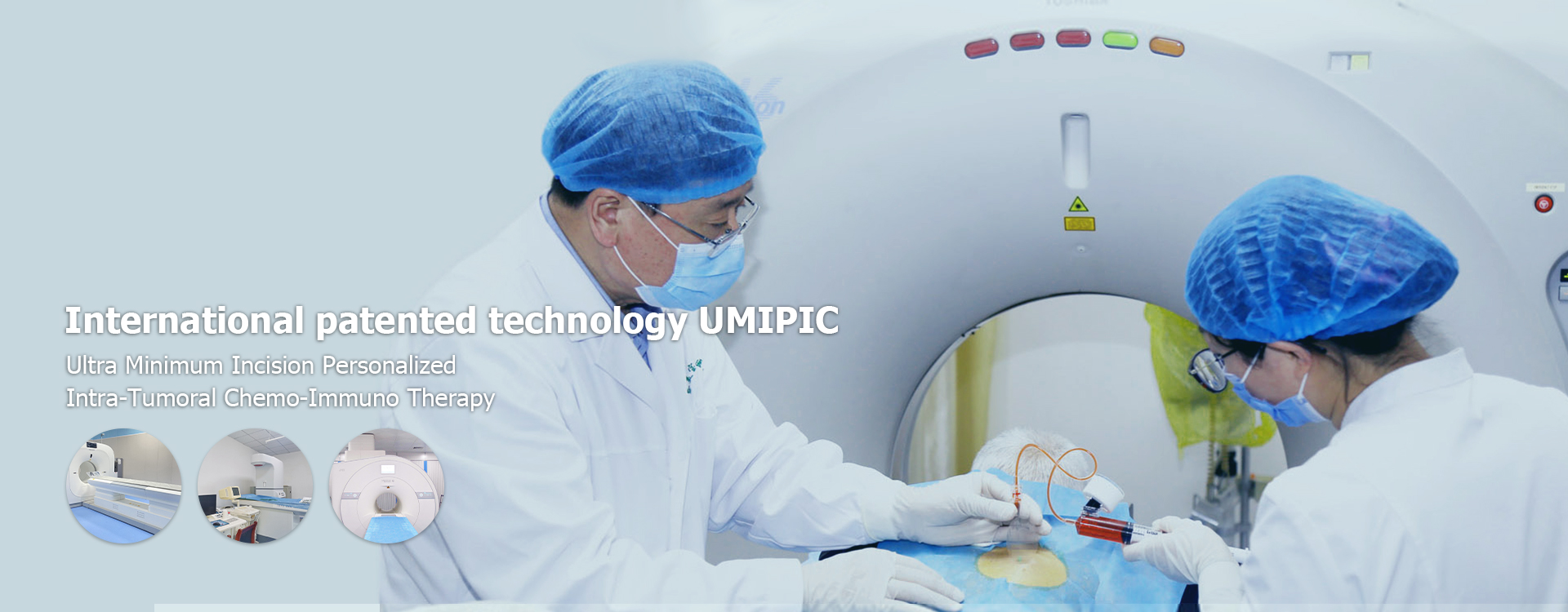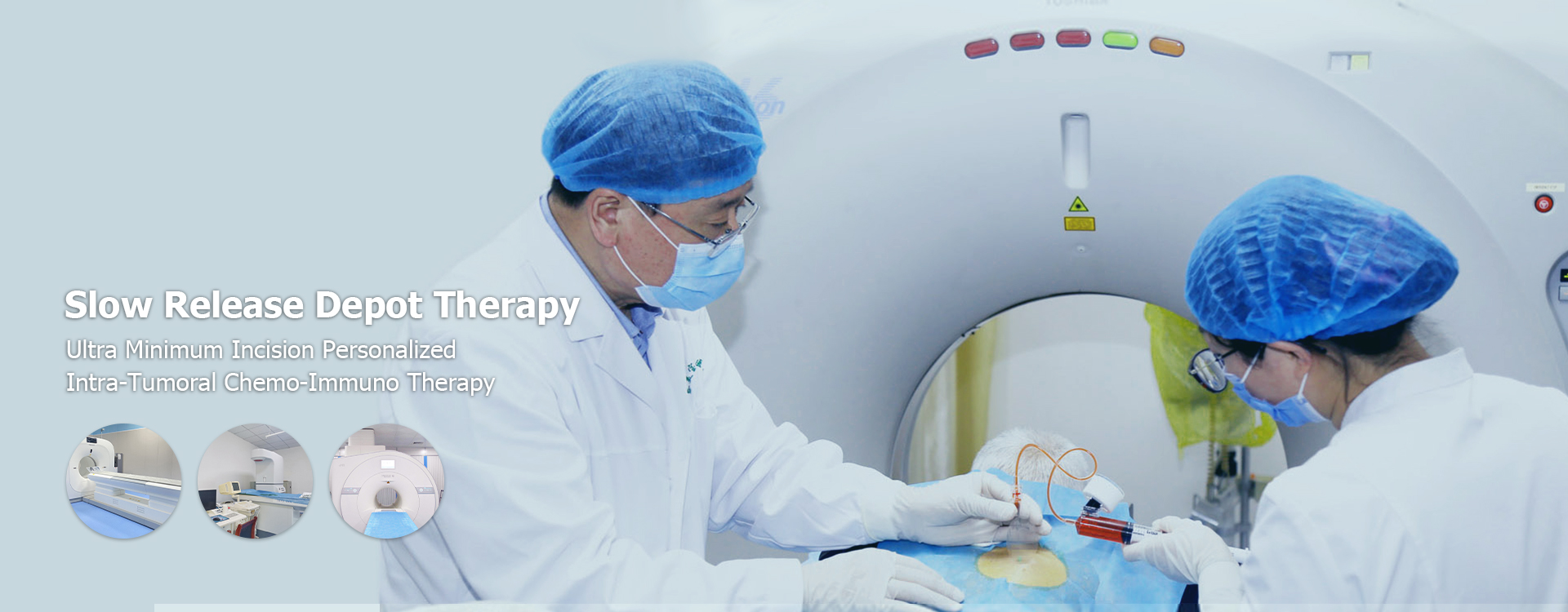
breast cancer symptoms
Recognizing the earlybreast cancer symptomsis crucial for timely diagnosis and treatment, significantly improving outcomes. Common signs include a new lump or thickening in the breast or underarm, changes in breast size or shape, nipple discharge (other than breast milk), and skin changes such as dimpling or redness. This comprehensive guide will help you understand these symptoms, how to perform self-exams, and when to seek medical attention.Understanding Breast CancerBreast canceris a disease in which cells in the breast grow out of control. There are different types ofbreast cancer, depending on which cells in the breast turn into cancer.Breast cancercan spread outside the breast through blood vessels and lymph vessels.Althoughbreast canceris more common in women, it can also occur in men. Early detection and treatment are vital for improving survival rates. Knowing the potentialbreast cancer symptomsallows for prompt action.Common Breast Cancer SymptomsIt's important to remember that having one or more of these symptoms doesn't necessarily mean you havebreast cancer. Many of these changes can be caused by benign conditions. However, if you notice any of these changes, it's important to see a healthcare professional as soon as possible.New Lump or ThickeningOne of the most commonbreast cancer symptomsis a new lump or thickening in the breast or underarm area. This lump is often painless, but not always. It can be hard or soft, and its shape can vary. Not all lumps are cancerous, but any new lump should be checked by a doctor.Changes in Breast Size or ShapeAny noticeable change in the size or shape of your breast should be evaluated. This could include swelling of all or part of the breast, or a flattening or indentation on the breast. It's important to be familiar with how your breasts normally look and feel so you can detect any changes.Nipple Discharge (Other Than Breast Milk)Nipple discharge that is not breast milk, especially if it is bloody or occurs in only one breast, can be a sign ofbreast cancer. It is important to consult a doctor about any unusual nipple discharge.Skin ChangesChanges to the skin of the breast can be anotherbreast cancer symptom. These changes might include: Dimpling or puckering of the skin (like an orange peel texture) Redness, scaling, or thickening of the nipple or breast skin Inverted nipple (nipple turning inward)Other Potential SymptomsOther less commonbreast cancer symptomscan include: Pain in the breast or nipple that doesn't go away Swelling in the lymph nodes under the arm or around the collarboneBreast Self-Exam: A GuidePerforming regularbreastself-exams can help you become familiar with your breasts and detect any changes early. How to Perform a Breast Self-ExamVisual Inspection:Stand in front of a mirror and look at your breasts with your arms at your sides. Then, raise your arms overhead and look again. Look for any changes in shape, size, or appearance.Palpation:Use the pads of your fingers to feel your breasts. Use light, medium, and firm pressure. Cover the entire breast, from your collarbone to your abdomen, and from your armpit to your sternum.Lying Down:Repeat the palpation while lying down. This allows the breast tissue to spread out evenly.Check Your Nipples:Gently squeeze each nipple to check for discharge.When to Perform a Breast Self-ExamIt is recommended to perform abreastself-exam once a month. Choose a time when your breasts are not likely to be swollen or tender, such as a few days after your period ends. For postmenopausal women, choose a specific day of the month to perform the exam.Risk Factors for Breast CancerWhile anyone can developbreast cancer, certain factors can increase your risk. Understanding these risk factors can help you make informed decisions about your health.Non-Modifiable Risk FactorsThese are factors that you cannot change:Age:The risk ofbreast cancerincreases with age.Gender:Women are more likely to developbreast cancerthan men.Family History:Having a family history ofbreast cancerincreases your risk.Genetics:Certain gene mutations, such as BRCA1 and BRCA2, increase the risk ofbreast cancer. Race/Ethnicity:White women are slightly more likely to developbreast cancerthan African American women, but African American women are more likely to die from the disease.Personal History:Having a previous history ofbreast cancerincreases your risk of developing it again.Dense Breast Tissue:Women with dense breast tissue have a higher risk ofbreast cancer. Early Menstruation/Late Menopause:Starting menstruation at a young age (before age 12) or going through menopause at a late age (after age 55) increases your risk.Modifiable Risk FactorsThese are factors that you can change:Obesity:Being overweight or obese increases your risk ofbreast cancer. Lack of Physical Activity:Lack of exercise increases your risk.Alcohol Consumption:Drinking alcohol increases your risk.Hormone Therapy:Taking hormone therapy after menopause increases your risk.Smoking:Smoking increases your risk.When to See a DoctorIf you notice any of thebreast cancer symptomsmentioned above, or if you have any concerns about yourbreasthealth, it's important to see a doctor promptly. Early detection and diagnosis are crucial for successful treatment. Don't delay seeking medical attention if you're concerned about yourbreasthealth. The Shandong Baofa Cancer Research Institute (https://baofahospital.com) is dedicated to cancer research and providing comprehensive healthcare solutions.Diagnosis and TreatmentIf a doctor suspects that you may havebreast cancer, they will perform a series of tests to confirm the diagnosis. These tests may include:Mammogram:An X-ray of the breast.Ultrasound:Uses sound waves to create an image of the breast.MRI:Uses magnets and radio waves to create detailed images of the breast.Biopsy:A sample of tissue is removed and examined under a microscope.Ifbreast canceris diagnosed, treatment options will depend on the type and stage of the cancer. Treatment options may include:Surgery:To remove the cancerous tissue.Radiation Therapy:Uses high-energy rays to kill cancer cells.Chemotherapy:Uses drugs to kill cancer cells.Hormone Therapy:Blocks the effects of hormones on cancer cells.Targeted Therapy:Targets specific proteins or genes that are involved in cancer growth.Immunotherapy:Boosts the body's immune system to fight cancer.Breast Cancer Statistics (U.S.)Understanding the prevalence ofbreast cancercan provide valuable context. Statistic Value New cases estimated in 2023 (U.S.) 290,560 Deaths estimated in 2023 (U.S.) 43,-year relative survival rate (all stages) 90% Source:American Cancer SocietyPrevention and Early DetectionWhile not allbreast cancercan be prevented, there are steps you can take to reduce your risk and detect it early.Maintain a Healthy Weight:Obesity increases your risk ofbreast cancer. Get Regular Exercise:Exercise can help reduce your risk.Limit Alcohol Consumption:Alcohol increases your risk.Don't Smoke:Smoking increases your risk.Consider Breastfeeding:Breastfeeding may reduce your risk.Get Regular Screenings:Talk to your doctor about the best screening schedule for you.ConclusionKnowing thebreast cancer symptoms, performing regular self-exams, and getting regular screenings are essential for early detection and improving outcomes. Don't hesitate to seek medical attention if you have any concerns about yourbreasthealth. Remember that early detection can save lives. This article is brought to you by the Shandong Baofa Cancer Research Institute, committed to advancing cancer research and care.
Relatedproducts
Related products
Best sellingproducts
Best selling products-
 Anthony, lymphocytic cancer patient from the United States 24
Anthony, lymphocytic cancer patient from the United States 24 -
 Mark, a prostate cancer bone metastasis patient from the United States
Mark, a prostate cancer bone metastasis patient from the United States -
 PAT, rectal cancer patient from the United States
PAT, rectal cancer patient from the United States -
 Nell Smith, a throat cancer patient from Switzerland
Nell Smith, a throat cancer patient from Switzerland -
 Famous American female painter Muriel
Famous American female painter Muriel -
 Andress, a 9-year-old boy from the United States
Andress, a 9-year-old boy from the United States
Relatedsearch
Related search- treatment yubaofa cost
- treatment breast tumor treatment
- Cheap renal cell carcinoma pathology outlines Hospitals
- Cheap Kidney cancer Hospitals
- renal cancer Hospitals
- China liver cancer
- China late stage prostate cancer treatment near me
- Cheap metastatic lung cancer treatment Hospitals
- treatment top 10 lung cancer treatment centers Hospitals
- China gallbladder cancer treatment





